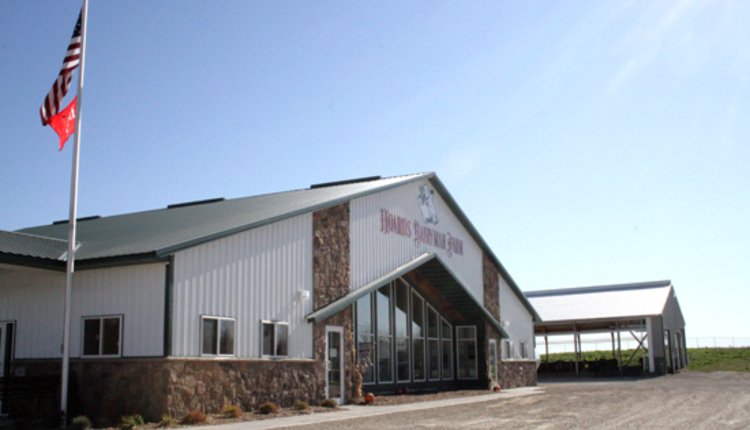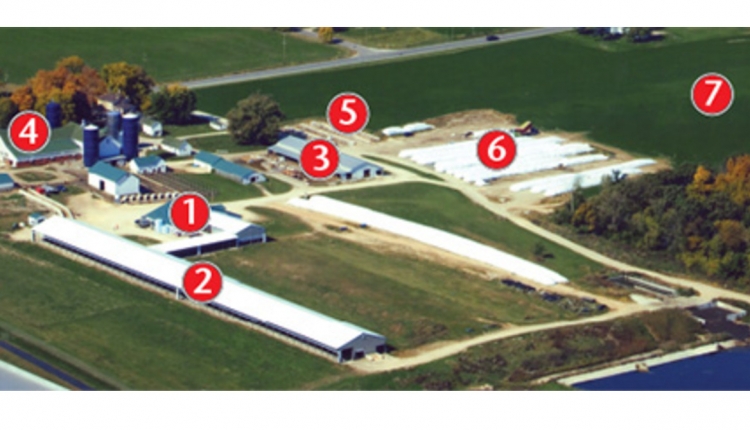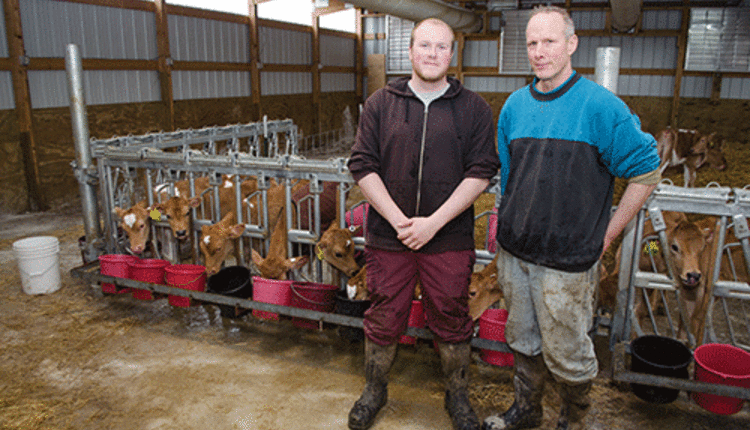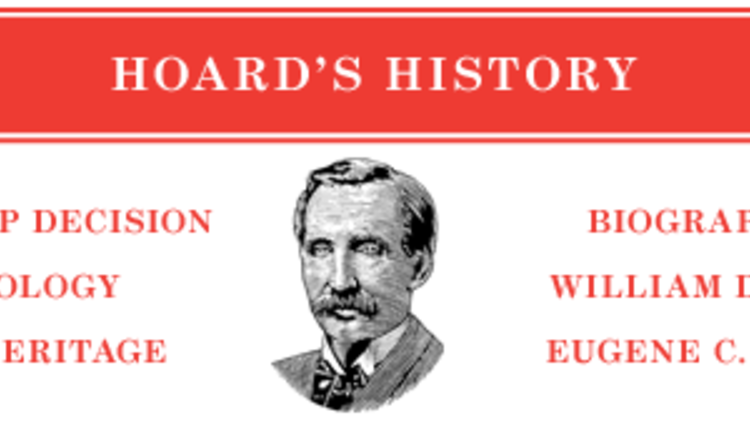

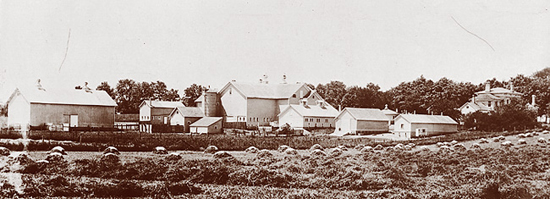
THE HOARD'S DAIRYMAN FARM was purchased in 1899 by the magazine's founder, and former state governor, William D. Hoard. A major motivation to his purchase was to prove to university people throughout the north central and northeastern states that alfalfa was a practical and desirable forage crop for dairy cattle.
Hoard had been experimenting with alfalfa on a lot in the city of Fort Atkinson. In 1898, Dean Henry, of the University of Wisconsin College of Agriculture, sternly warned Hoard not to promote alfalfa as a forage crop. Current belief among university people was that alfalfa could not overwinter successfully, and was poorly adapted to area soils.
Hoard demonstrated on this farm that alfalfa could be raised successfully with proper management and was indeed a superior forage crop for feeding dairy cattle. Following his experiments, his recommendations for crop management have carried through to today: Acid soil must be limed, careful seeding practices followed, and the crop must be rested after the first frost for winter hardiness, particularly after the first seeding.
From this time forward, the farm operated in a pioneering spirit, as a testing ground for new ideas. Around 1940, the farm's milking herd became the first - very possibly the first in the world - to be cleared of trichomoniasis, a disease causing abortions, by instituting A.I. Years later, this farm hosted the first long-scale trial to control parasites in five years of University of Wisconsin-sponsored experiments. A more recent effort has been the heifer facility.
Through these experimental efforts as well as in day-to-day operation, the farm serves as a vital source of credibility for the Hoard's Dairyman magazine. The magazine editors are actively involved in managing the farm, authors of regular columns in the magazine provide input toward this management in their specialties of cattle breeding; feeding; housing and health.
Several magazine surveys by independent investigators have shown Hoard's Dairyman magazine to have the highest credibility of any agricultural magazine, in the opinion of farmer readers. The Hoard's Dairyman Farm shares a large part of the credit for this achievement. This is probably the only teaming of farm and magazine in the U.S. or Canada for the purpose of providing reliable information for readers.
In welcoming several thousand visitors each year, the farm also presents itself as a model of a working, commercial operation. In years to come, it's hoped the Hoard's Dairyman Farm will continue to provide the readers of Hoard's Dairyman magazine a sense of trust and confidence.






